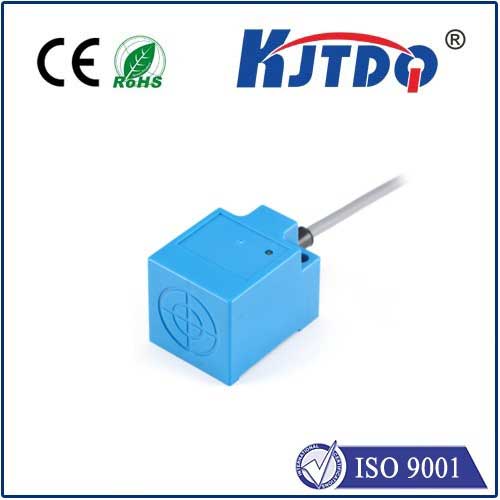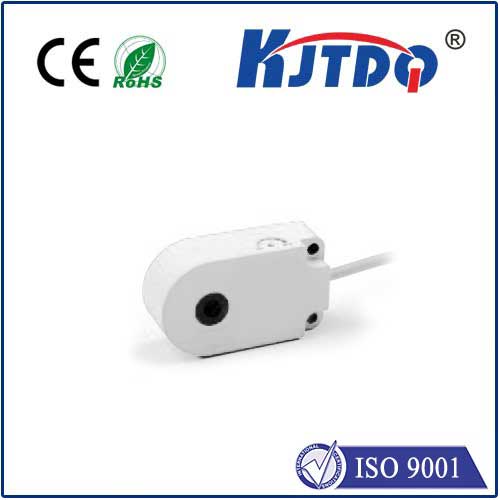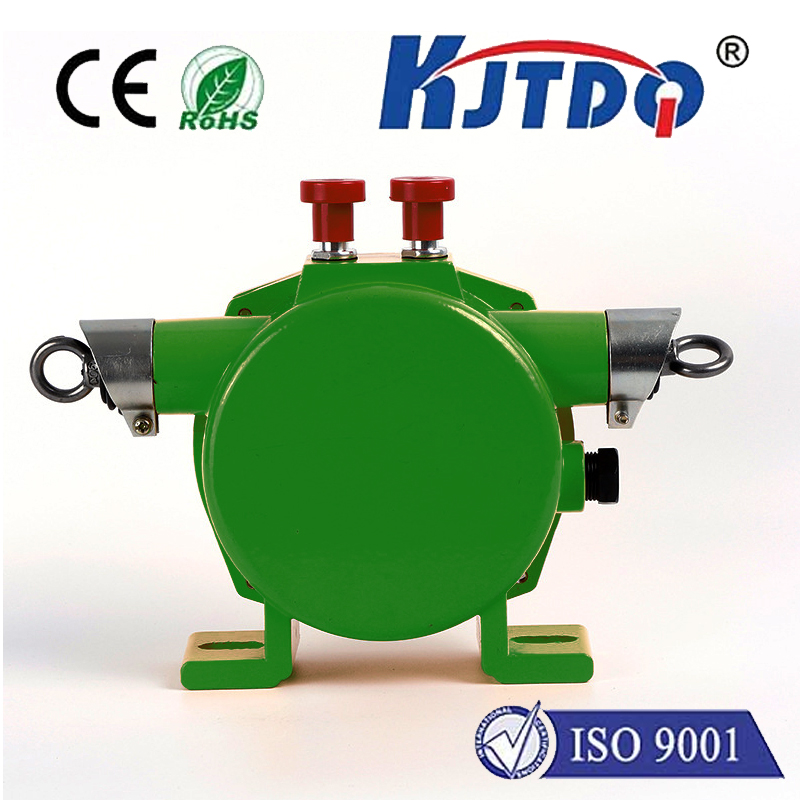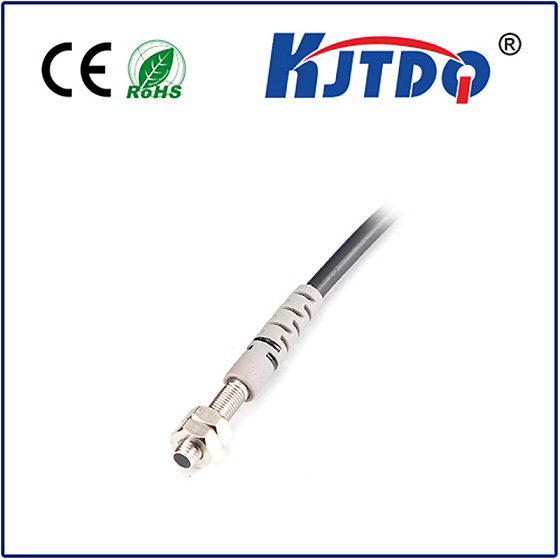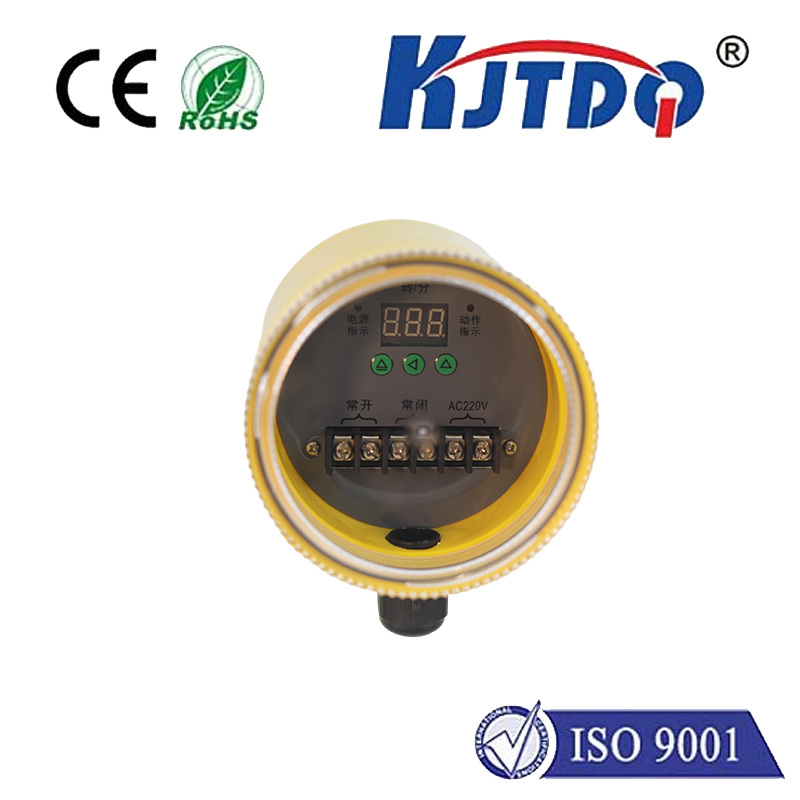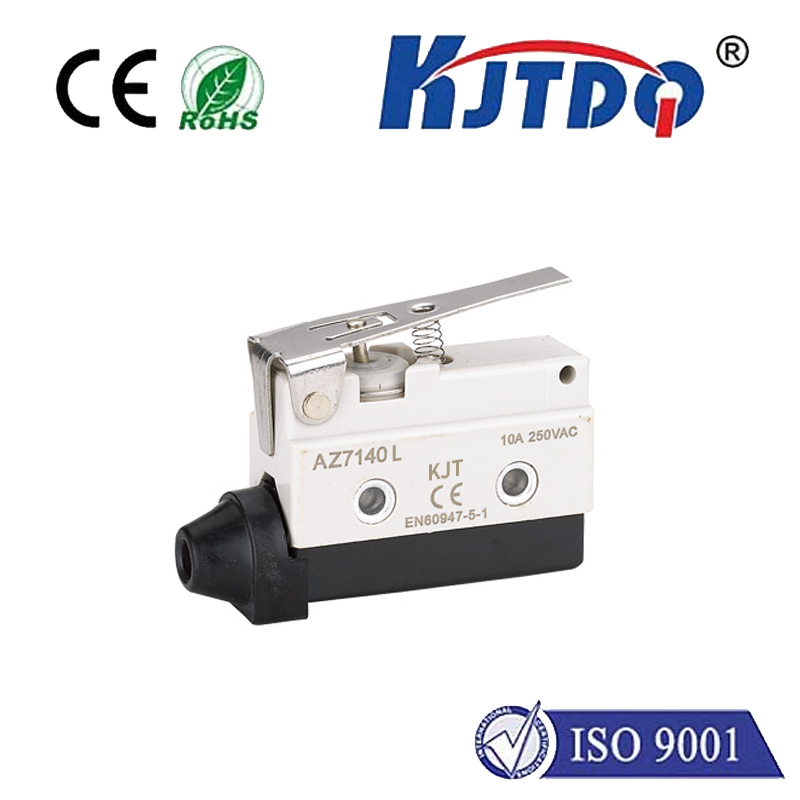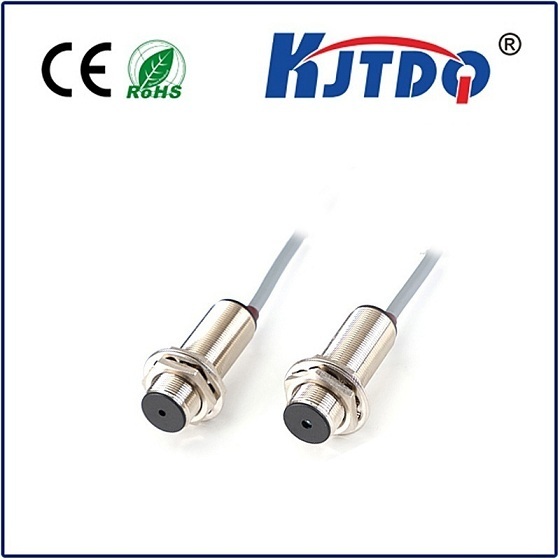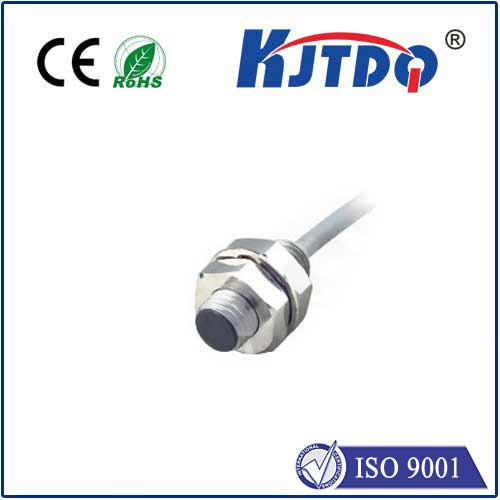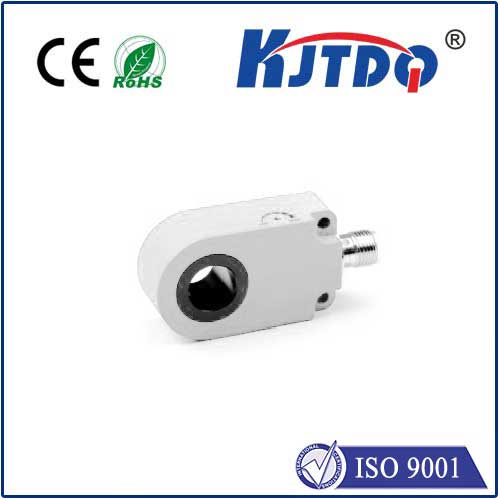

check

check

check

check

check

check

check

check

check

check
Title: Understanding Flow Limit Switch and Its Role in Industrial Automation
Flow limit switch, also known as flow control switch or flow-stop switch, is a critical component in industrial automation systems. It is used to control the flow of fluid or liquid material, such as water, oil, or gas, in a process or system. In this article, we will explore the basics of flow limit switches, their function, and how they contribute to the efficiency and safety of industrial processes.
Introduction to Flow Limit Switches
A flow limit switch is a mechanical device that consists of a movable plunger or disc that is connected to a lever or button. When the fluid level reaches a certain point, the weight of the plunger or disc becomes sufficient to push or click the lever or button, thereby switching off or on the power source to the process. The flow limit switch functions by detecting the change in fluid level and responding accordingly to maintain a safe and controlled flow rate.
Types of Flow Limit Switches
There are several types of flow limit switches available in the market, each with its unique design and application. Some common types include:
1. Plunger type flow limit switches: These are the most commonly used flow limit switches in industry. The plunger or disc is moved up or down by an external force, such as gravity or pressure. When the fluid level reaches a predetermined point, the weight of the plunger or disc becomes sufficient to trigger the switch.
2. Cam type flow limit switches: These switches use a cam mechanism to open or close the contacts when the fluid level changes. The cam mechanism is typically designed with multiple stages that adjust the position of the contacts based on the fluid level.
3. Solenoid type flow limit switches: These switches use a solenoid coil to control the movement of the plunger or disc. When the fluid level reaches a certain point, the solenoid current increases, which causes the plunger or disc to move and activate the switch.
Function of Flow Limit Switches
The primary function of flow limit switches is to control the flow rate of fluids in a process or system. They do this by monitoring the fluid level and responding appropriately when it reaches a certain threshold. By doing so, flow limit switches help ensure that the process operates at an optimal speed and maintains a safe operating environment for operators and equipment alike.
Flow Limit Switches in Industrial Automation
Flow limit switches play a crucial role in industrial automation systems. They are often used as part of safety systems to prevent accidents and protect equipment from damage caused by excessive fluid flow. For example, flow limit switches can be used in pumps and valves to prevent them from running dry or overloading, which can lead to equipment failure or injury. Additionally, flow limit switches can be integrated into control systems to provide real-time feedback on fluid levels and optimize process performance.
Conclusion
In conclusion, flow limit switches are an essential component of industrial automation systems due to their ability to control fluid flow rates and maintain safe operating conditions. With various types available, it is important to select the appropriate flow limit switch for each specific application to ensure optimal performance and safety. By understanding how flow limit switches work and their importance in industrial processes, operators can make informed decisions about their use and maintenance.
